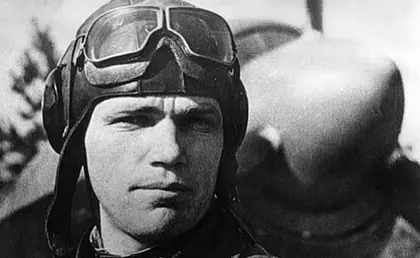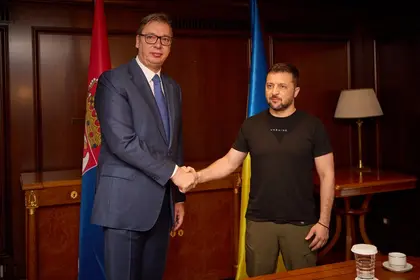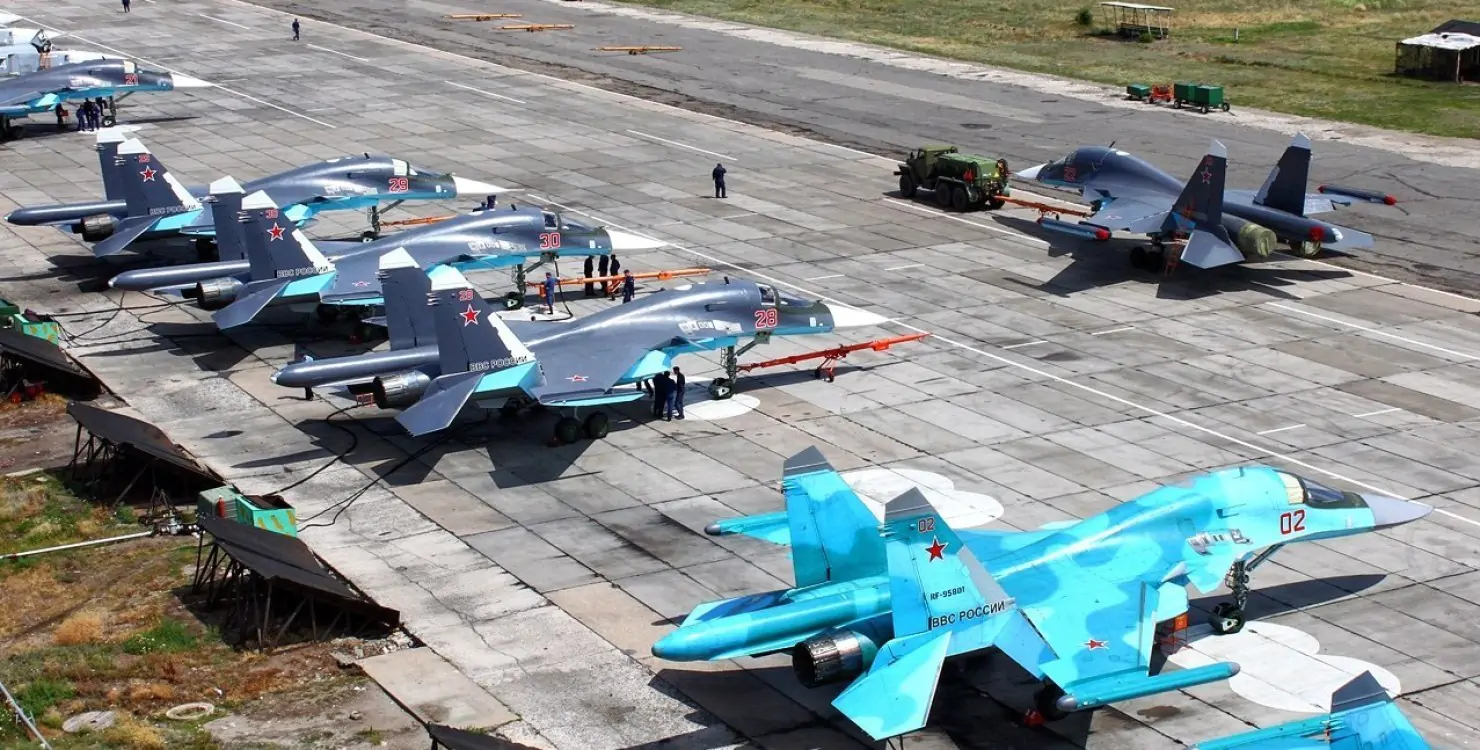The 52nd star painted on the fuselage of his fighter meant the 52nd enemy plane he had shot down, and it was one of the first-ever jet fighter kills in the air by another plane – notably, a piston-engined, propeller-driven Lavochkin La-7.
It happened on Feb. 15, 1945, over Frankfurt-am-Oder when Maj. Ivan Kozhedub shot down a Messerschmitt-262, the Luftwaffe’s new secret weapon and Goering’s special pride. The Messerschmitt was piloted by Karl Lange, one of the Luftwaffe’s most celebrated aces who had 180 air victories on his record. Lange had long hunted for Kozhedub, but in the end, he was himself hunted down: speed was defeated by mastership.
JOIN US ON TELEGRAM
Follow our coverage of the war on the @Kyivpost_official.
Like in most air combat, it was a matter of being the first to spot the enemy. This time, Kozhedub and his wingman Tytarenko were the first. Tytarenko fired from behind and made Lange fret and jink to the left – exactly into the rear sight of Kozhedub’s guns. In a second the German jet turned into a fireball.
All-in-all, Ivan Kozhedub flew 330 sorties during WW II. He destroyed 62 enemy planes in 120 aerial engagements and was never shot down!
In fact, he must have shot down more because he only reported those that he saw crash with his own eyes. Even when everybody said after witnessing one of his air-to-air victories, “Why, we all saw you shoot down that one!” He would object, “What if it landed safely?” Besides, he never counted the planes that he shot down together with his wingman.

Ukraine in NATO Benefits United States
Ivan Kozhedub was born on June 8, 1920, in the village of Obrazhivka in the northeastern Sumy region. He was the fifth and youngest child in a poor peasant family. His mother died when he was three, and his father had to look after all the kids and work seven days a week to feed them.
His father was an extraordinary man: apart from the routine farmwork and home chores, he had a part-time job at a factory in town, but he still found time to read books and even composed poetry. Intelligent and religious, the man was quite stern and exacting in bringing up his children. He taught them all to work hard and diligently. Later, as hard labor in the kolkhoz told badly on his health, his kids had to learn to take care of themselves.
At six, Ivan went to school – a regular seven-year public school – and did very well in most subjects. He read a lot and his favorite books were about war heroes. In 1933, he went to a vocational school of chemistry and technology, and in 1938, inspired by the first flights to the North Pole and America, he joined a flying club where he learned the ABCs of aerodynamics, aircraft modeling and piloting.
In 1940, Ivan was drafted into the Red Army and sent to a military pilot school near Kharkiv, in eastern Ukraine. It took him less than a year to complete the training course, and, as the top graduate, Sgt. Kozhedub stayed there as an instructor. When Nazi Germany attacked the USSR in June 1941, the pilot training school was relocated to Central Asia.
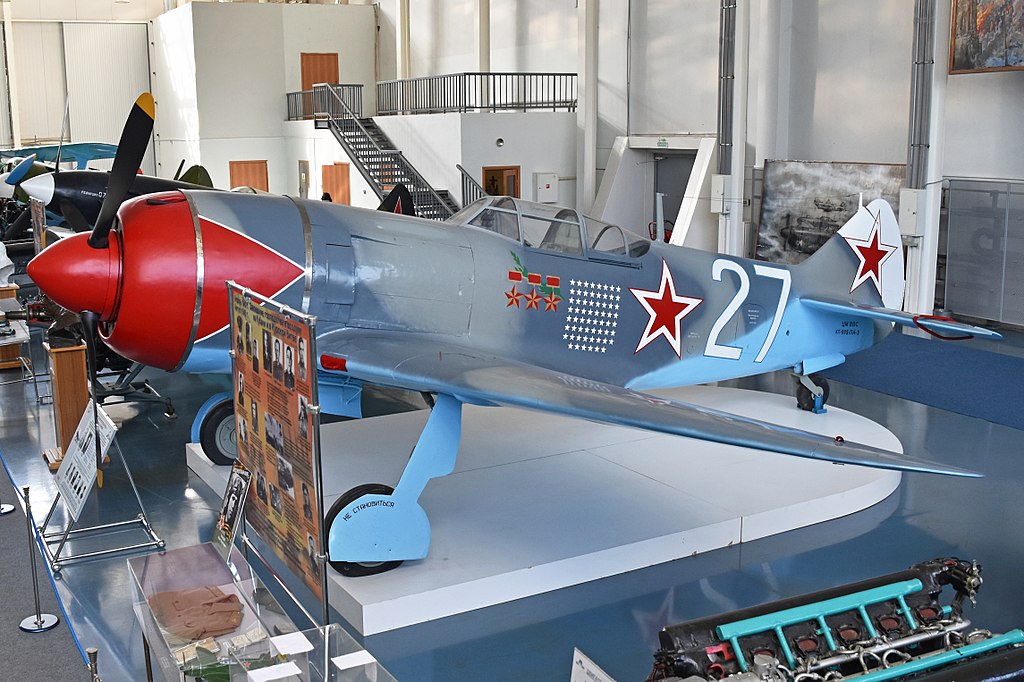
By Alan Wilson from Stilton, Peterborough, Cambs, UK - Lavochkin La-7 ’27 white’, CC BY-SA 2.0, https://commons.wikimedia.org/w/index.php?curid=64800954
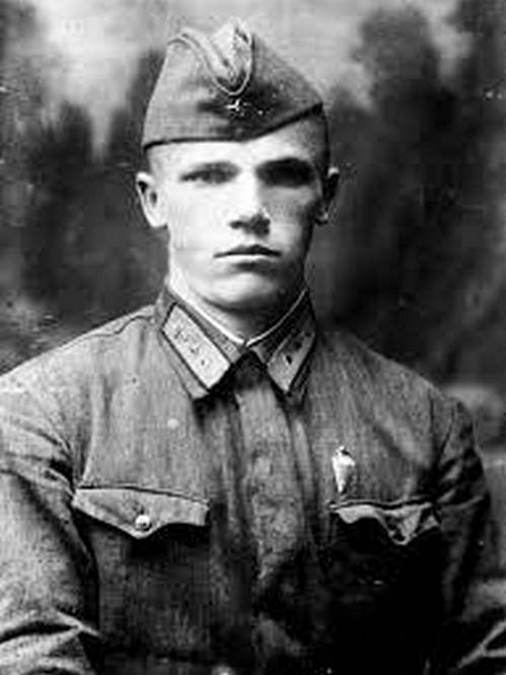
For more than a year Lt. Kozhedub showered his command with requests for active service and his persistence was finally rewarded. In March 1943, several weeks after the famous battle of Stalingrad, he flew his first sortie as a pursuit pilot, and it was unlucky: his Lavochkin La-5 was hit, and on the way back he had a narrow escape from Soviet anti-aircraft guns. With great difficulty, he managed to land his badly damaged plane. He was very upset and mad at himself, but his commander said it was okay and even complimented him for his self-control and skillful piloting.
Kozhedub scored his first victory on July 6, 1943, at Kursk with a Junkers-87 bomber. The next day he shot down another one and in the following two days two Messerschmitt Me-109 fighters.
One year later, Capt. Kozhedub, now deputy commander of a fighter regiment, got the second of his three gold stars of Hero of the Soviet Union – the highest award and title in the USSR – for 256 sorties and 48 enemy planes he had personally shot down by then. He was one of only three men honored with that title three times, the others being Semen Budyonny, a cavalry army commander, and Alexander Pokryshkin, a WW II fighter pilot who shot down 59 enemy planes.
One day, Kozhedub’s Lavochkin La-7 – one of the best-armed and fastest fighters of WW II that did up to 700 kph – was hit by an anti-aircraft gun. The engine failed and one wing caught fire. Kozhedub preferred a heroic death to bailing out. He chose a target on the ground and went into a dive. But then, suddenly, the engine restarted – just in time to avoid a crash. With the flames blown out in the dive, he managed to get safely back to his airfield.
In late September of 1944, the Air Force Command dispatched a group of fighters to the Baltic to fight German aces commanded by Maj. Helmut Wieck whose personal record, according to Nazi propaganda, amounted to 130 victories.
Within a single week, Kozhedub shot down three German aces and his comrades shot down another nine, losing only two planes. After such a crushing defeat – 2 to 12 – the German fighters had to stop active flights over the Baltic coast.
In November of 1944, a group of eight Lavochkin fighters led by Kozhedub clashed in mortal combat with 30 Focke-wulf Fw-190 fighters – the fastest and most maneuverable German propeller-driven planes at the time. They downed eight enemy planes and lost one. Kozhedub personally shot down three.
As he reminisced in his book Serving the Motherland, one day he got into a real fix over Iasi, Romania, when he spotted 30 German bombers. He attacked them and shot down two but was immediately surrounded by enemy fighters. “I’m out of ammo, but I won’t give up without a fight,” he told himself and decided to overcome them by vertical maneuvering with series of steep climbs and dives at a dazzling speed.
It takes a pilot extraordinary physical strength to endure such maneuvers, but Kozhedub was a strong man: since his teens, he had done power lifting exercises with 40-pound dumbbells… The Luftwaffe pilots tried to avoid such maneuvers and couldn’t outturn Kozhedub. Finally, the Ukrainian ace tired them out and escaped.
In late February of 1945, while patrolling the frontline, Maj. Kozhedub and Lt. Gromakovsky spotted 13 Focke-wulfs and attacked them before they knew what was happening. Kozhedub shot down three and Gromakovsky two, and both got off unscathed.
In his last WW II combat on April 17, 1945, during his fifth sortie that day, Maj. Kozhedub shot down two Focke-wulf Fw-190 fighters over Berlin.
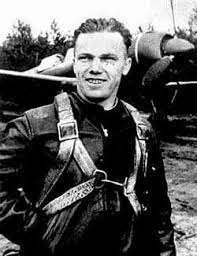
Every ace pilot has his own unique character and style. So did Ivan Kozhedub, a man of great courage and exceptional sang-froid.
It took him no time to look around and find the only right move. He could pilot his plane with his eyes closed and very few compared to him in higher aerobatics with all manner of maneuvers – U- and S-turns, steep climbs and dives, barrel rolls and loops... All those who happened to be his wingmen complained that it was never easy to hold on to him in the air.
After WW II, Kozhedub continued serving with the Air Force, now flying jet fighters. In 1949, he graduated from the Red Banner Air Force Academy and in 1956 from the General Staff Academy.
During the Korean War, Col. Kozhedub commanded a fighter division that shot down a total of 239 enemy planes. He did not fly any more because doctors would not allow him to. Only a pilot can understand what he felt like while standing on the ground and watching others fly high in the sky…
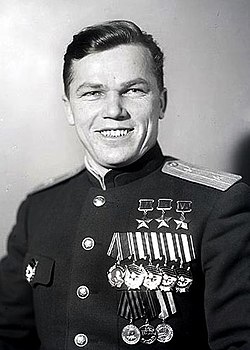
From 1964 until his last days Ivan Kozhedub occupied senior positions in the Air Force and the Defense Ministry.
In 1985, he was promoted to the rank of Marshal of Aviation. He was also elected to the USSR parliament for four successive terms. His best-known autobiographical books are Serving the Motherland and Loyalty.
Ivan Kozhedub died on Aug. 12, 1991, and was buried in Moscow.
His bronze bust stands in his home village of Obrazhivka, a monument to him stands in the regional center Sumy, and memorial plaques are on the walls of the schools and academies he graduated from and the house in Moscow where he lived, still remaining a patriot of Ukraine.
Until his last days, Kozhedub kept in touch with his home village where he came whenever he had a spare day or two, and with his comrades-in-arms who liked to get together to recall their horrible and glorious war years.
Interestingly, his Moscow apartment looked like anything but a military pilot’s: there were portraits, landscapes in watercolors and still life pictures on the walls, and massive bookcases with more than 4,000 books in his living room and study. He was the author of some of those pictures and books, owing his erudition and esthetic taste to his father.
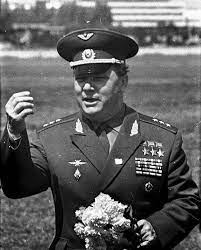
He deserves to be called the best ace of the WW II anti-Hitler Allies and his combat experience, skills and piloting techniques are still studied at pilot schools and used by the brave Ukrainian pilots who are defending their fatherland against the Russian invaders.
Being greatly outnumbered by the Russian air force and flying Soviet-made aircraft, they have destroyed quite a few newer-generation enemy jets. And there will surely and decisively be many more when they get to use F-16s.
You can also highlight the text and press Ctrl + Enter


